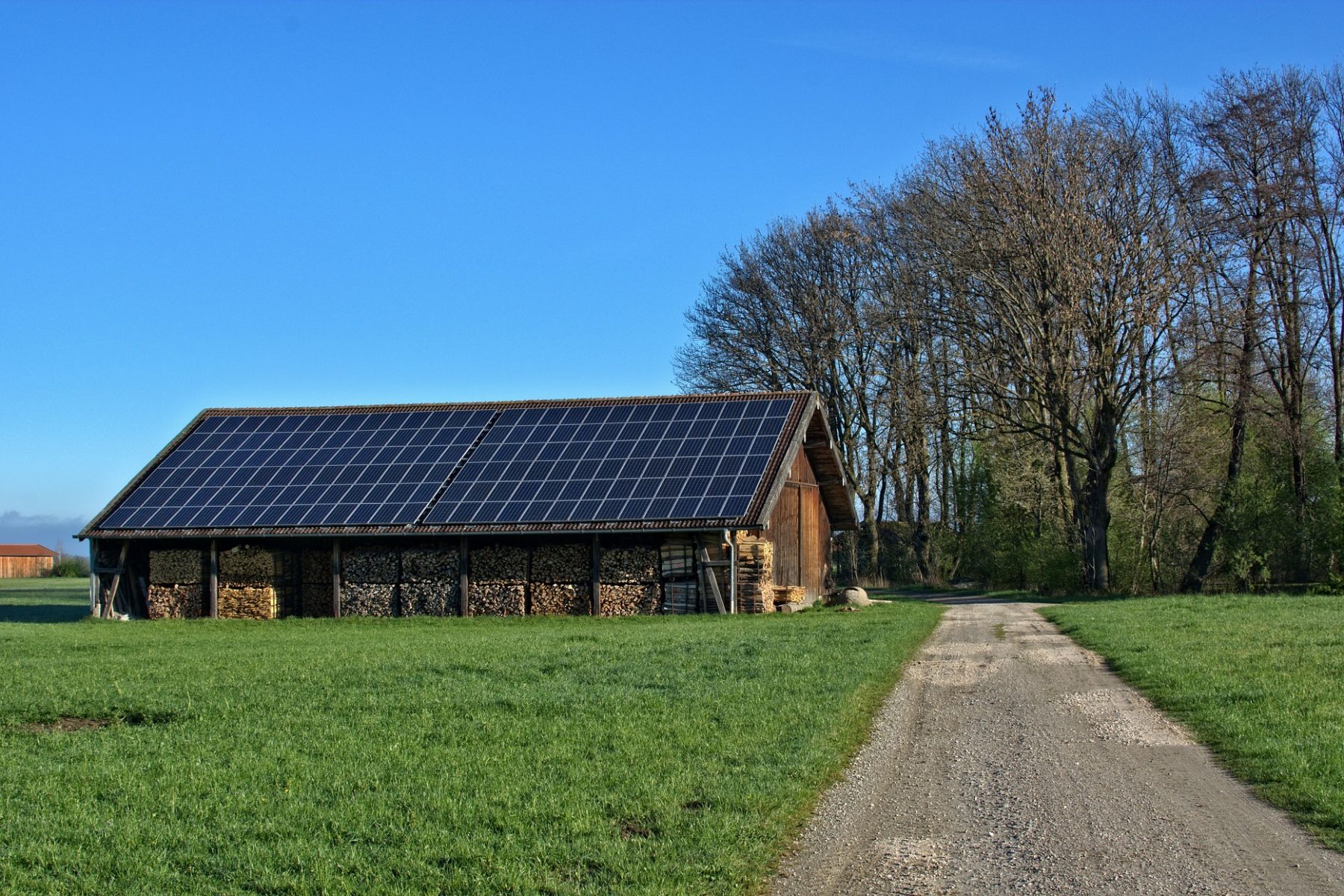The economy as we know it is not a law of nature. It is a human construct, based on a set of assumptions, incentives, and institutions that have evolved over time. Yet today, these assumptions no longer serve the wellbeing of humanity or the living systems on which all life depends. As climate change, biodiversity loss, and social inequality converge in a polycrisis of planetary dysfunction, we must ask: what is the economy for?
The answer that mainstream economics offers is clear but increasingly untenable: growth. More specifically, economic growth measured in GDP—an indicator that fails to distinguish between value creation and value destruction. A clear-cut rainforest and an oil spill can increase GDP. So can a hospital visit caused by air pollution. Traditional economics reduces nature to “externalities,” prices the future at a discount, and assumes rational actors in a world of perfect information. It optimizes for efficiency in the pursuit of profit, not for justice, resilience, or long-term planetary health.
The Ecological Critique of Mainstream Economics
Ecological economics emerged in the late 20th century as a counterpoint to neoclassical economics, integrating ecological constraints and ethical considerations into economic thought. Pioneers like Herman Daly, Robert Costanza, Kenneth Boulding, and Nicholas Georgescu-Roegen questioned the core tenets of mainstream economic theory, especially the fantasy of infinite growth on a finite planet.
Boulding famously quipped, “Anyone who believes exponential growth can go on forever in a finite world is either a madman or an economist.” Herman Daly built upon this with the concept of a “steady-state economy”—an economic system that remains within ecological limits while delivering a high quality of life. Ecological economists argue that economies must be embedded in, and dependent on, the Earth’s biophysical systems, not the other way around.
Reimagining Value and Progress
At the heart of the ecological economic paradigm is a redefinition of value. Instead of treating nature and people as mere inputs to production, we begin to see them as sacred and essential. Clean water, fertile soil, a stable climate, and vibrant communities are not luxuries or trade-offs—they are the foundations of real wealth.
This insight has given rise to multiple frameworks:
- The Circular Economy seeks to design waste out of the system, mimicking nature’s cyclical flows.
- Doughnut Economics, championed by Kate Raworth, visualizes a safe and just space for humanity bounded by ecological ceilings and social foundations.
- The Regenerative Economy, built on ecological principles and Indigenous wisdom, seeks to do less harm and actively heal and enhance living systems.
- The BioFi Initiative and similar efforts rethink finance itself, aiming to create a financial system that values biocapacity, ecosystem restoration, and long-term wellbeing.
Placing True Values on What Matters
What if we assigned meaningful value to what we actually want to preserve? What if we disincentivized destruction, rather than subsidizing it? For example, ending fossil fuel subsidies, implementing carbon pricing, and creating markets for ecosystem services are steps in this direction. Yet even these measures fall short without a fundamental shift in worldview.
In principle, transforming the economy should not be difficult—once we adopt a different set of premises. Humans are incredibly good at solving complex problems when the rules and goals are clear. The problem is not our capacity, but our operating assumptions. If we saw the Earth not as a storehouse of resources to be exploited but as a living system to be stewarded, we would design entirely different economic structures.
The Economy in Service to Life
Buckminster Fuller argued that with our existing technology, we could provide a high standard of living for everyone on the planet. The challenge is not technological feasibility—it is misaligned priorities. So long as we operate within the logic of traditional economics, we are locked into the business-as-usual trajectory described by the Limits to Growth study: overshoot, collapse, and systemic unraveling.
But there is another path. A regenerative economy is not only possible—it is already emerging. From agroecology to community land trusts, from cooperative finance to rewilding projects, the seeds of a new economic story are being sown. Our task is to nurture these seeds and shift the dominant narrative from extraction to regeneration.
We must move from an economy that extracts value from people and planet to one that creates conditions for all life to thrive. This is not a technical adjustment. It is a civilizational transformation—one that begins with how we think about economics, and ultimately, how we value life itself.
